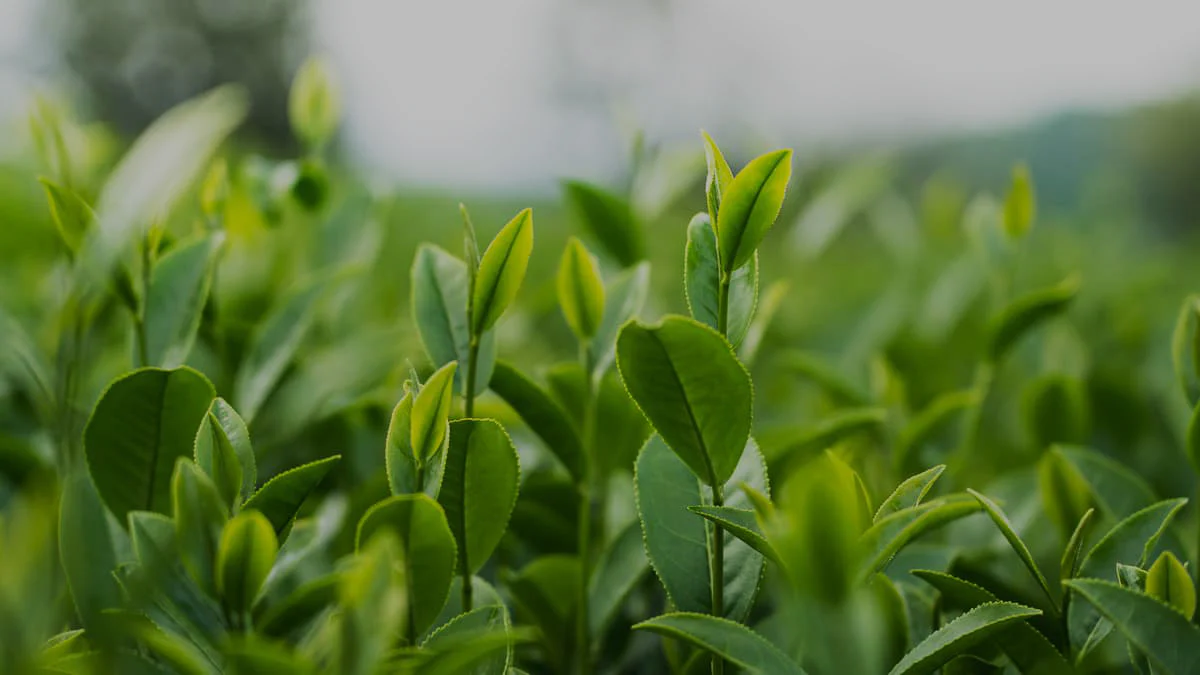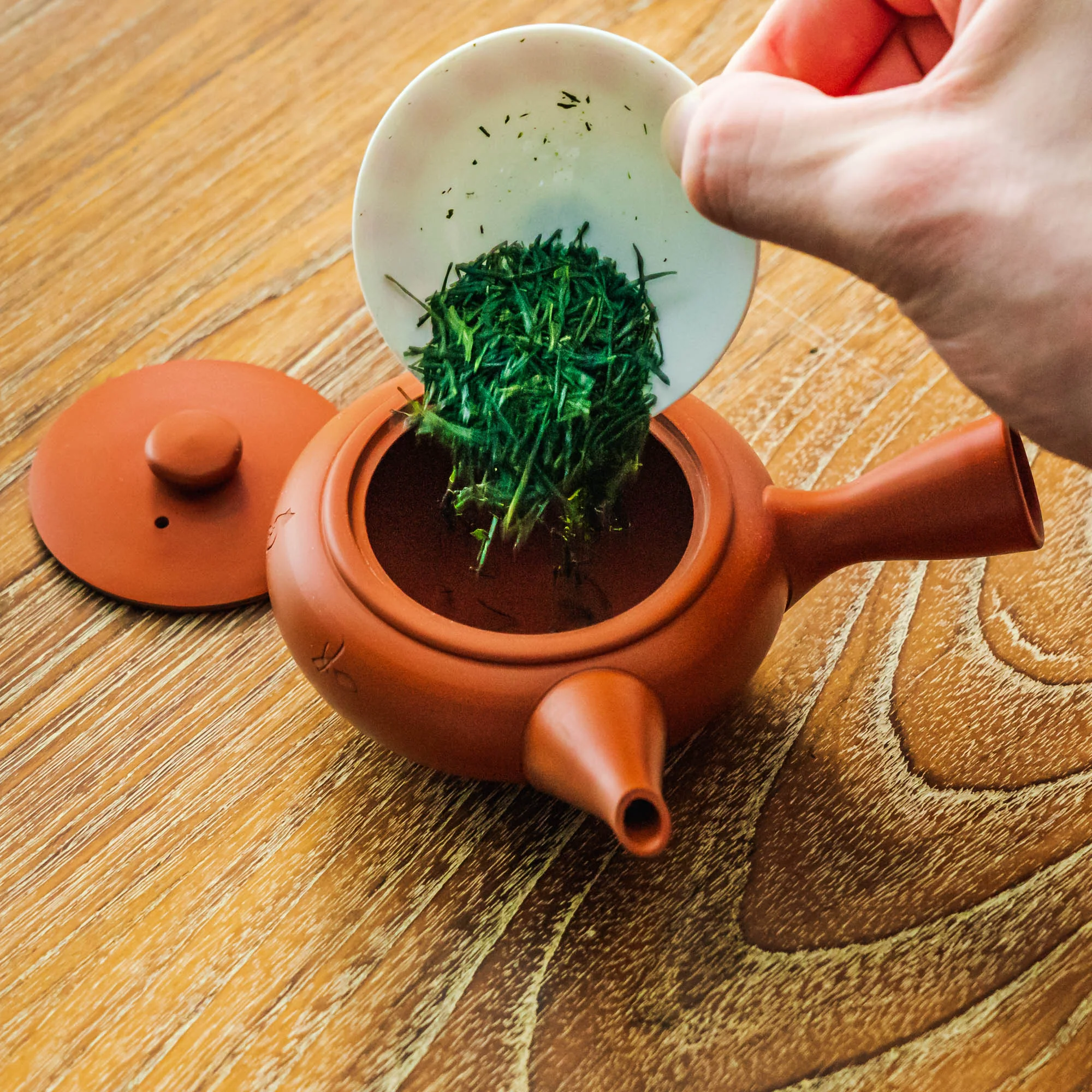This tea flight showcases one of Japan’s up and coming cultivars: Koushun. Famous for its unique and powerful floral aroma, this cultivar excels when withered or oxidized. To compare the effects of oxidation on Koushun’s characteristics, this sample set presents three Koushun teas from the same producer in Honyama, Shizuoka. each at a different level of oxidation:
- Honyama Koushun Kamairicha: Green (unoxidized)
- Honyama Koushun Bihakkoucha: Oolong (micro/partially oxidized)
- Honyama Koushun Wakoucha: Black (fully oxidized)
Koushun
Honyama Bihakkocha
This micro-oxidised tea is bright and creamy with a soft and silky texture. It is incredibly aromatic, making full use of the famous floral bouquet of the Koushun cultivar.
A rather recent development, bihakkocha (微発酵茶 - micro-oxidised tea) is a term used to describe a few newly developed Japanese teas. Most commonly, it refers to very lightly oxidised oolongs such as this one, produced in the style of Taiwanese Baozhong (sometimes called Paochung).


Koushun
Honyama Kamairicha
Bright and creamy with a round body and luscious mouthfeel, this kamairicha is wonderfully aromatic and refreshing. Its powerful aroma is courtesy of the Koushun cultivar, and its savoury, somewhat nutty taste can be attributed to the pan-firing process.
Koushun
Honyama Wakoucha
This wakoucha converts Koushun’s signature bright floral aroma into a powerful
bouquet of dark fruits and flowers, with a sweet and juicy taste to match.
This tea is rather versatile and can be brewed gongfu style (as per our recommendations) yielding multiple delicious infusions. It can also be enjoyed with more western-style brewing parameters, using a lower leaf to water ratio, and a longer brewing time.


Our Mission

Learn about Japanese Tea






















